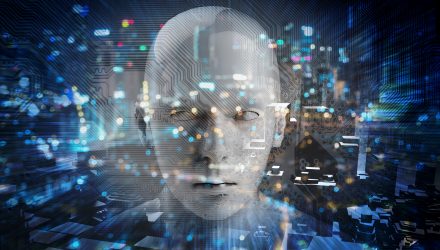Data scientists report that 80 percent of their time is spent wrangling, cleaning and joining data in preparation for analytics. How much sexier would the “sexiest job of the 21st century” be if we could automate data management so that these highly trained individuals can focus on deriving value from data?
Automation of analytics has become a necessity in order to tackle the deluge of data-driven problems.
Analytics is key to deriving insight and value from the data deluge. Automation of analytics has become a necessity in order to tackle the deluge of data-driven problems. It enables us to focus our attention on higher-value tasks and gain operational efficiency and repeatability.
Machine learning (ML) and AI are the technologies through which this automation is achieved. We have not yet developed the level of trust in ML and AI that we have in other technologies because they do not explain how they work or make their decisions.
We are not quite ready yet to change our relationship with mathematics and logic. We like to own the logic, understand it and codify it. Software is information processed by computer systems in a known way – we know it because we wrote the code. When things go wrong, we can debug the logic and correct it. We are sometimes confusing automation with autonomy.
An automated task does not have to make autonomous decisions for us. We can remain in control. The confusion arises because we discuss automation in the context of AI and attribute too much intelligence and capabilities for reasoning to it.
The predictions, classifications and moves of these AI systems might surprise us, not because they have intuition, but because we do not understand their logic.
An AI system built on deep learning is a different piece of software. The algorithm, through the process of training, generates its own logic. The deep neural network that can diagnose skin cancer on medical images trained its eyes, not human eyes.
The predictions, classifications and moves of these AI systems might surprise us, not because they have intuition, but because we do not understand their logic. They are not intuitive, they are inscrutable. They do not give up their secrets. That is why fair, accountable, transparent and explainable AI is a major research area right now.
The future is now
Automation and AI have the potential to augment our abilities and make us better at what we do. AI, like all technology, is assistive technology. Perhaps 2018 is the year where we think of AI not as artificial intelligence, but as assistive information technology.
I do not have a crystal ball to predict the future. But I am excited for what is to come. Automation will continue to revolutionize industries – automation through analytics and algorithms is inevitable. These trends will not only shape technology in 2018 and beyond, they are transforming our world now.
This article has been republished with permission from SAS.
